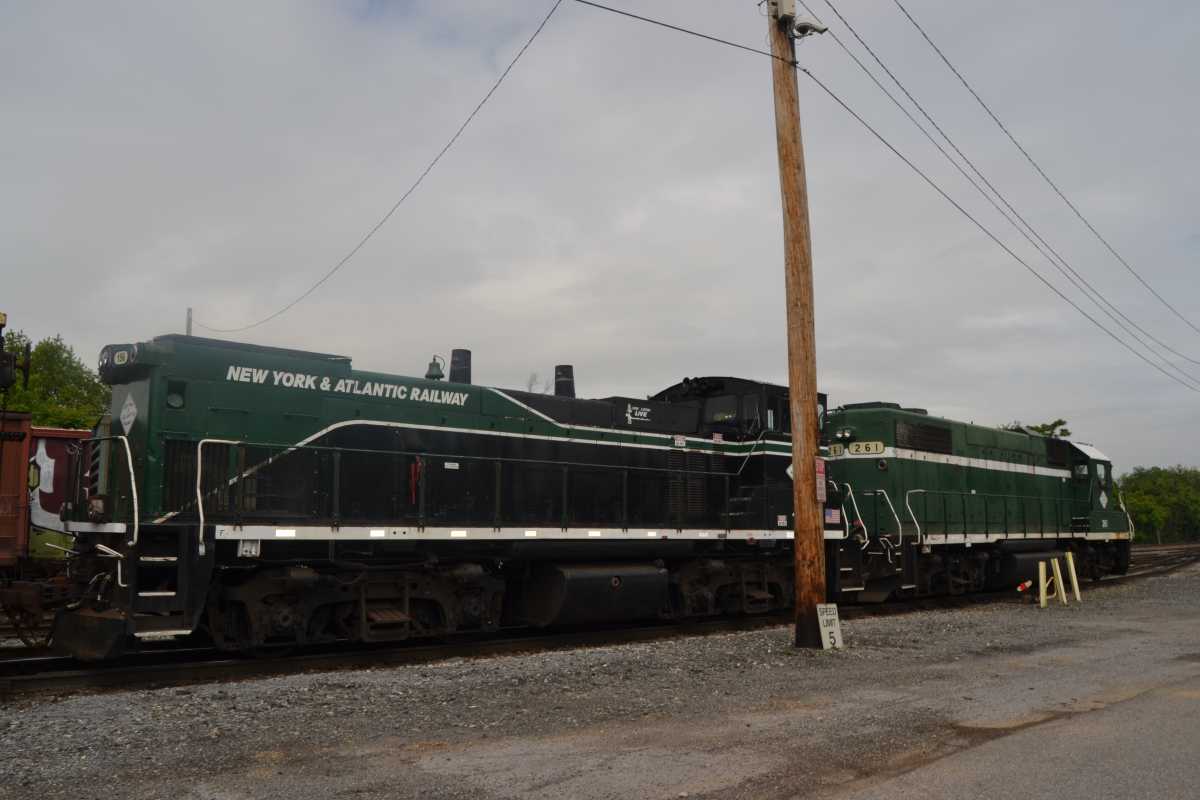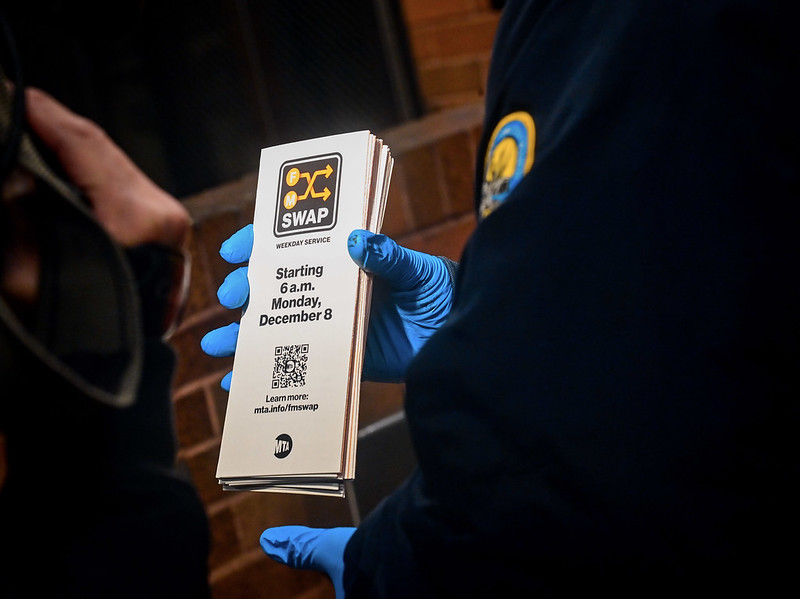It’s been there for more than a century and is being used more frequently than in recent years, yet the Fresh Pond Railyard continues to be a source of friction between its operators and nearby residents.
The New York and Atlantic Railway, which leases the Glendale rail yard from the Long Island Rail Road for freight operations, insists only so much can be done to mitigate concerns from local residents while meeting regional transportation needs.
“What has happened over the intervening 100 years, as one would expect, the community has undergone expansion and construction where the footprint of the community ends at the footprint of the railroad,” said Paul Victor, New York and Atlantic Railway president.
Even with the uptick in railroad activity, Victor said, rail transportation is historically “a fraction of what it was.”
“We always try to accommodate as much as we can to local residents, but we can’t really fulfill their wish and not be here because if we’re not here, you have to weigh the historic difference between a railroad moving something and a truck,” Victor said.
As it pertains to local concerns over New York and Atlantic Railway’s open top rail cars, Victor said that the waste in those containers is non-organic, non-putrescible waste. It is only construction and demolition waste (C and D), which does not give off offending odors or attract unwanted wildlife.
“That has zero impact on the community because it’s no different than a C and D container in the street,” Victor said. “Then, to be fair, you have to cover everything in every street and see what happens to the economy. If that’s what they want, don’t do it to the railroad car only; take every construction site and force it to be covered on every corner.”
Residents of Glendale near the Fresh Pond Terminal also raised concerns about hearing trains operating during all hours of the night.
“There is no physical way to accommodate the existing traffic in an eight-hour window, or a ten-hour window, or even a 12-hour window,” said James Bonner, director of sales and marketing for New York and Atlantic Railway. “The nature of the timing of our interchange for some other agreements we have with other community members is that you’re going to have be operating around the clock, and that’s what we do.”
To help alleviate some of the noises made by the trains, New York and Atlantic Railway has recently installed a greaser in the Fresh Pond Terminal, which reduces the squeal of the trains.
“We did this specifically because we told CURES [Civics United for Railroad Environmental Solutions] we were going to do it and we did it,” Victor said. “We talked with them, we said here’s what we can do, we made the investment and put that in.”
Mary Parisen, chair of CURES, believes that the C and D waste can cause problems for the neighborhood.
“People with respiratory ailments are subject to the dust from the cars when they are being transported and bang together,” Parisen said. “When rain gets in there it can become a breeding ground for mosquitoes.”
RECOMMENDED STORIES
- CURES wants to put a lid on on open-top rail cars
- City budget tops Glendale Property Owners meeting
- Rising rat problems on the Ridgewood/Bushwick border



































